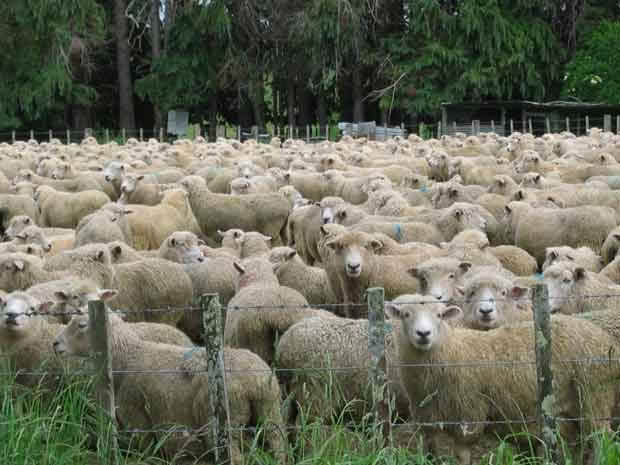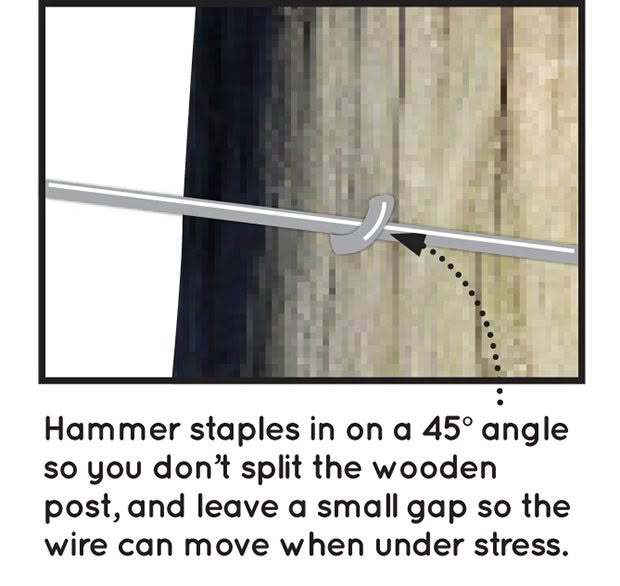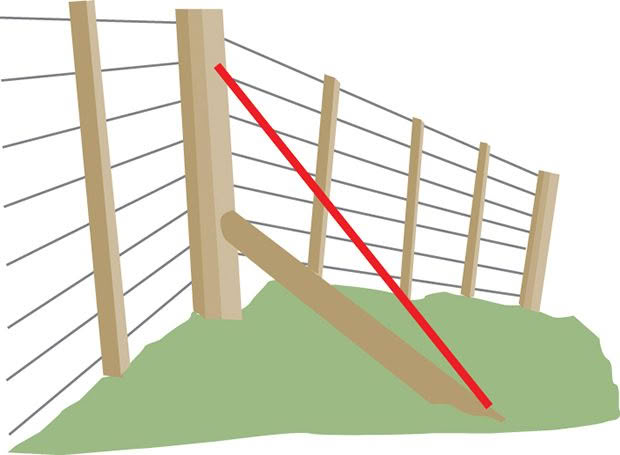5 tips for keeping your fences in good condition

A fence is essential on any property with livestock, but not all fences are created equal.
Words: Nadene Hall
1 Check your fences twice a year, preferably in late spring and autumn. You’re looking for loose or broken wires/mesh or battens, wobbly posts (especially if you’ve had a drought as the soil at the base will dry out), broken electric insulators, and missing staples.

2 If you do have loose, rusted or missing staples, replace them by putting in the new staple on a 45 degree angle, not straight up and down, so it’s less likely the wooden post will split (causing the staple to fall out). Don’t drive the staple all the way in – you want to leave a small gap so the wire can move freely if stock lean on it, and also to allow for expansion and contraction of the wire during hot and cold weather.
3 Wait for rain so the soil around posts is damp before tightening wires on fences. If you do it during hot summer months when posts are often loose, you can force them up and out of the ground.
4 If you’re fencing off areas of bush or wetlands for restoration purposes, the best fence for keeping cattle and sheep out – as recommended by the QEII Trust – is a 9-wire fence with 3m post spacings without battens. A second option is a 5-wire fence to 700mm high (to stop sheep), with an electric wire at 900mm for cattle.
5 Posts are the backbone of any fence, and you get an immediate advantage by having them rammed in, versus digging holes. This does mean you will need to hire a contractor but it can be worth it for the added stability it gives to a fence (not to mention the manpower saved by not having to bore holes and backfill around dozens of posts). If you are building a fence that will curve for aesthetic reasons, it can be worth setting the key posts in the curve using concrete so they can resist the pull of wires or boards.

5 TIPS FOR GOAT OWNERS
Sometimes it’s necessary to have a stay on the inside of a fence, and for goats that means you’ve created a built-in ramp!
There’s an easy fix though, as suggested by the fencing experts from the QEII Trust’s website,
www.openspace.org.nz
“Run a wire from the base of the stay to near the top of the post. This will put any would-be climber off balance.”
 This article first appeared in NZ Lifestyle Block Magazine.
This article first appeared in NZ Lifestyle Block Magazine.
